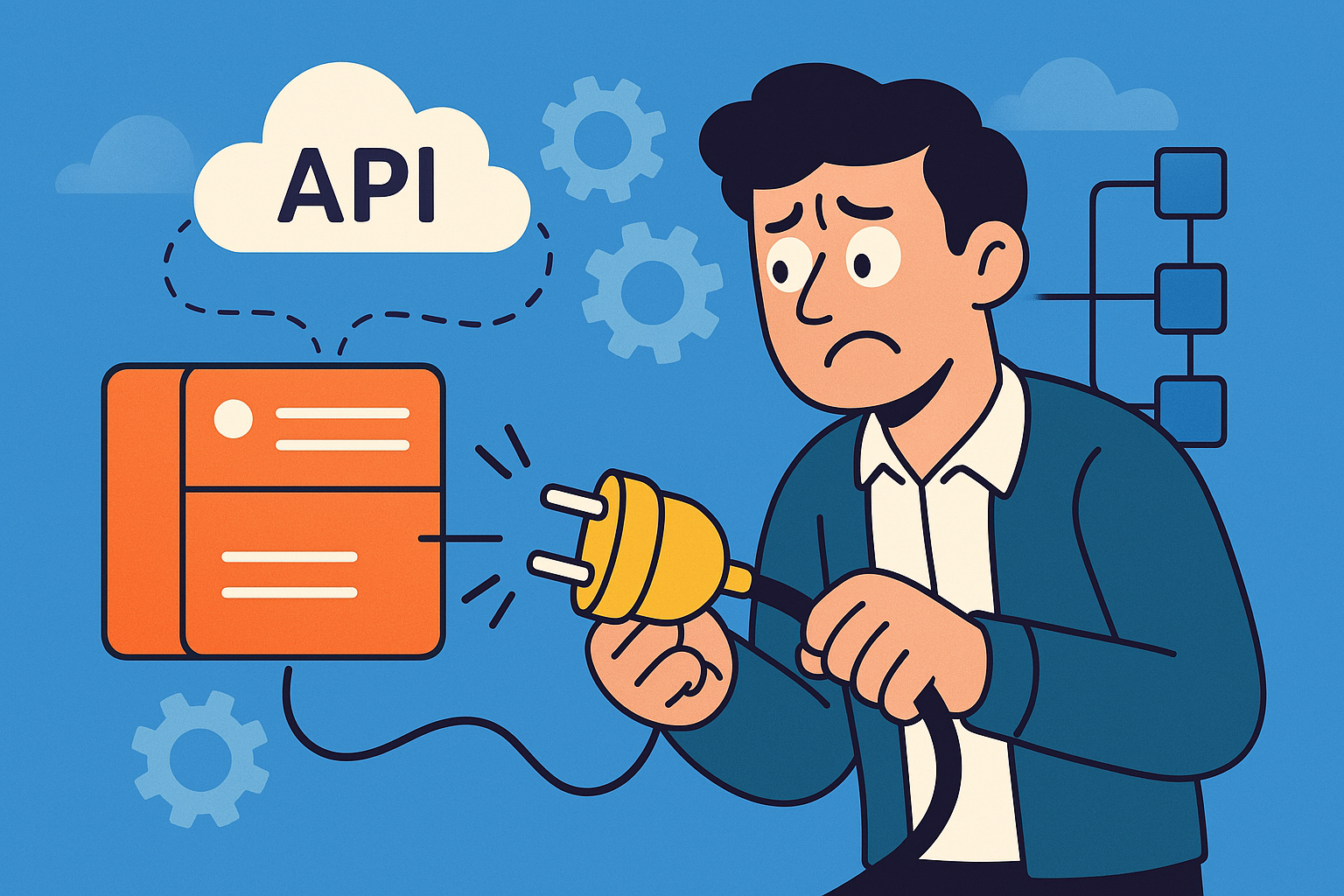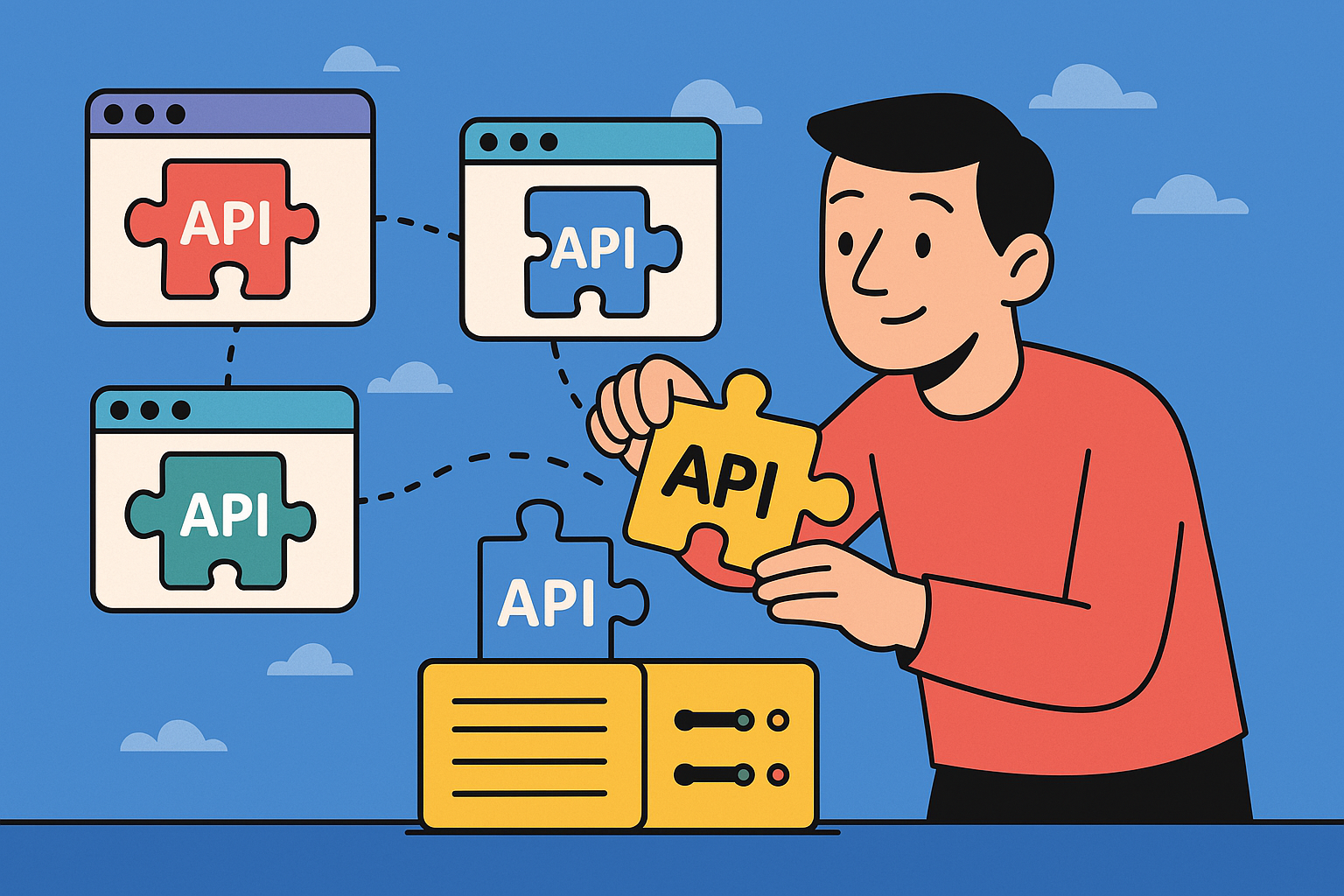Let’s be real—when someone says “API integration,” your brain probably jumps to the word messy. Maybe even slow. And when you’re prototyping—whether it's for a proof of concept, a demo, or internal testing—the last thing you want is to waste hours fiddling with boilerplate code or untangling SDK documentation just to get two systems to talk.
I’ve been there. We all have. And that’s exactly why we built Martini.
So if you're looking for the fastest way to prototype an API integration, I’ll cut to the chase: you don’t need to write everything from scratch. You just need the right tool.
First, Ditch the Boilerplate
Here’s the thing—speed isn’t about cutting corners. It’s about eliminating the friction. With Martini, I can consume a third-party API in minutes—literally. Paste in the OpenAPI spec, and Martini auto-generates the endpoints, complete with sample data and test tools. No manual config. No “wait, where’s the auth again?” scavenger hunt.
Second, Build Visually (Without Losing Control)
I’m not here to preach drag-and-drop for everything—that’s not the vibe. But when I’m prototyping, I want speed without giving up control. Martini strikes that balance. I can visually design workflows, link services, connect databases or files, and instantly test how it all flows together.
And when I hit something complex? I just drop in some custom code. No need to switch tools or leave the platform. That’s what “low code, no limits” actually means.
Third, Reuse and Automate—Fast
Prototyping isn’t just about proving the connection—it’s about showing value. So once you’ve got the integration working, don’t stop at “look, it connects!” Build a small automation. Trigger a workflow. Call another system. You’ll be surprised how far you can go in an afternoon.
Martini lets you orchestrate all of that from the same canvas—no jumping between environments or reconfiguring your data flow every five minutes.
Bonus Tip: Use Mock Services for Faster Testing
This one’s underrated. Martini makes it easy to create mock APIs and simulate external services, so you don’t have to wait on a flaky third-party or dev environment to be ready. You can prototype the full interaction pattern up front—then switch to the real thing later with zero rework.
Trust me: your future self will thank you.
TL;DR
If you’re prototyping API integrations and still doing everything manually, stop. Seriously. Life’s too short.
With Martini, you can:
- Instantly consume or expose APIs with no setup headaches
- Design and test integration workflows visually
- Add code where needed, skip it where you don’t
- Automate processes and trigger systems, even during prototyping
- Mock external services to test early and often
It’s built for developers like us—people who need speed, power, and flexibility without babysitting every line of config.
So if you're wondering what the fastest way to prototype an API integration is… now you know.
Try Martini’s Free Edition → https://console.lonti.com/sigLonti Community. nup
Create, test, and publish your first API integration—no credit card required.
Got questions or want to see real examples? Hit up the Lonti Community. We’re all building something.
 is now
is now


